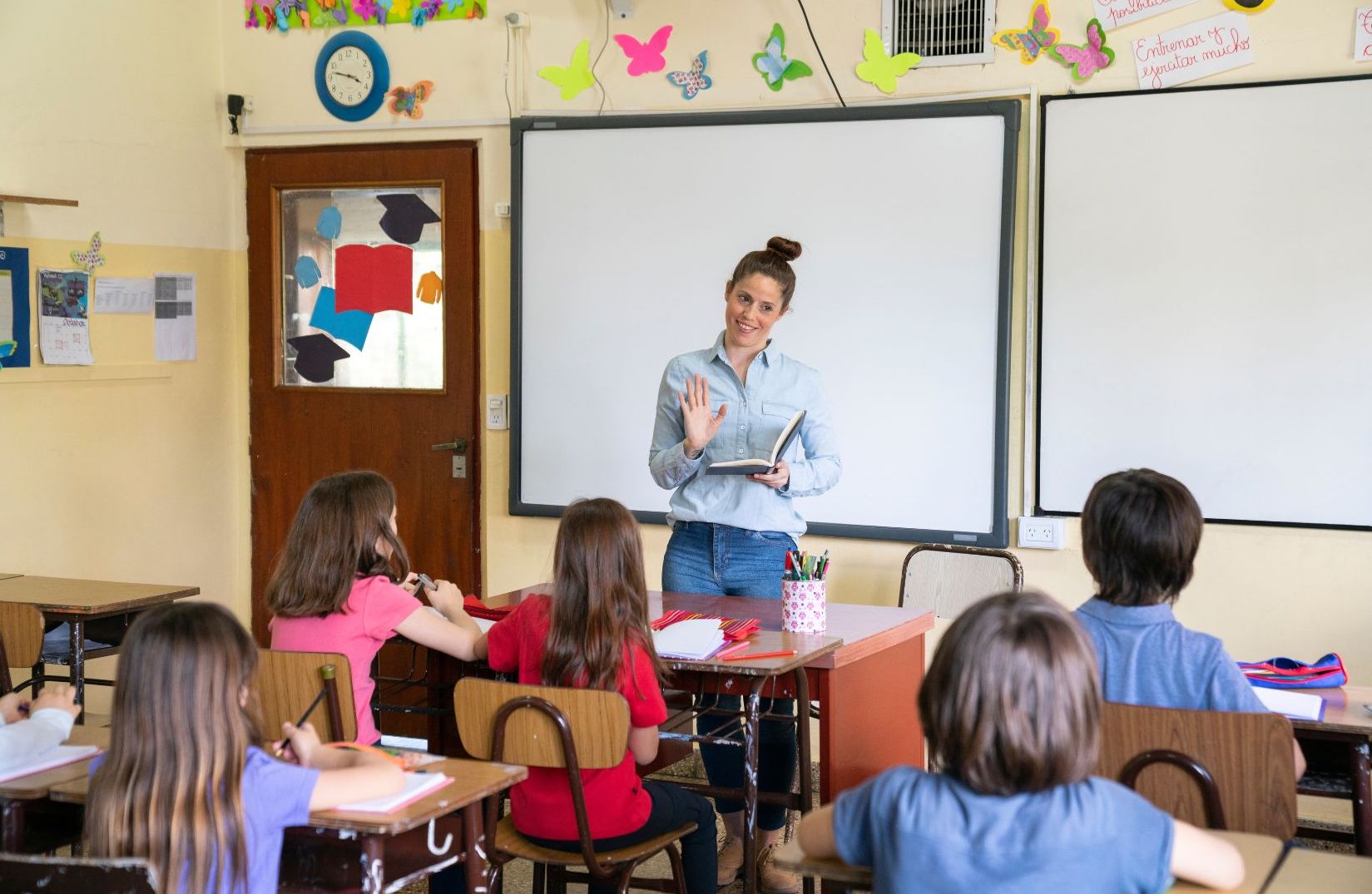

Explicit teaching is a learning method renowned for its effectiveness. The National Education Scientific Council (CSEN) considers it synonymous with "effective pedagogy" and highlights its approach from simple to complex, which requires an understanding of the skills involved in each concept.
Therefore, this teaching method stands out as a structured approach aimed at optimizing classroom learning. Rooted in clarity and methodical progression of lessons, explicit teaching promises to maximize students' understanding and retention through well-defined techniques.
In parallel, it addresses the challenges of behavior management in schools, with strategies to maintain order and encourage a positive classroom dynamic. In this article, Kalyzée invites you to explore the principles, effectiveness, and implications of explicit teaching, while revisiting its origins and its impact compared to other contemporary pedagogical methods.
The explicit method finds its roots in the work of Siegfried Engelmann in the 1960s, who, along with Douglas Carnine, developed "direct instruction," the precursor to explicit teaching. Subsequent research by Barak Rosenshine formalized this approach, establishing its foundations in cognitive psychology and affirming its effectiveness in studies like the "Follow Through" project.
Explicit teaching is characterized by three phases: modeling, guided practice, and independent practice. Each stage is designed to reinforce skills, with a teacher who models actions, assists during practice, and then allows students to practice independently. This way, it ensures mastery and automation of knowledge.
Here are the different steps to follow to get started with explicit teaching:
| Stage | Key Actions |
|---|---|
| Setting the scene | - Present learning objectives and clarify concepts. - Activate prior knowledge, assess its acquisition, and adjust if necessary. |
| Learning Experience | Modeling: The teacher performs the task, uses examples, and explains their reasoning. Guided Practice: Students practice the task with support and feedback from the teacher. Independent Practice: Students practice independently to master the task. |
| Objectification | - Extract and name the key concepts learned. - Synthesize and consolidate learning in various formats such as charts or diagrams. |
Besides knowledge acquisition, explicit teaching is also applied in effective behavior management, where it is recommended to use reward and punishment systems to encourage desired behaviors. However, this method raises ethical debates with a risk of behavioral manipulation, which could annihilate students' extrinsic motivation.
Although the explicit teaching method is effective for basic skills and easily scientifically assessable, it is less suited for complex skills that require more nuanced approaches. Researchers like Vincent Carette have noted that while explicit teaching works well for simple tasks, it alone is insufficient to address the challenges of cross-curricular skills or knowledge transfer.
Explicit teaching, although effective in certain contexts, should not be considered the only valid method. Learning requires combining various pedagogical methods to meet all educational needs.
What's important is training teachers in a solid pedagogical culture, to adapt to current and future societal challenges, while remaining critical of current education trends.
In this spirit, other pedagogical methods deserve thorough exploration. We especially think of the active teaching methods described in this article, or other approaches like flipped classrooms. These reverse the traditional teaching model by asking students to prepare ahead of time at home, for example through readings or videos, to then apply this knowledge in class through discussions and practical activities. This type of approach encourages student autonomy and fosters active participation and can be particularly effective for handling complex skills.
To further your understanding of explicit teaching, we recommend reading the booklet on the method published by the Créteil academy, very comprehensive, or "Effectiveness of Teaching: The Example of Explicit Teaching" by Céline Clément.
Happy reading.


